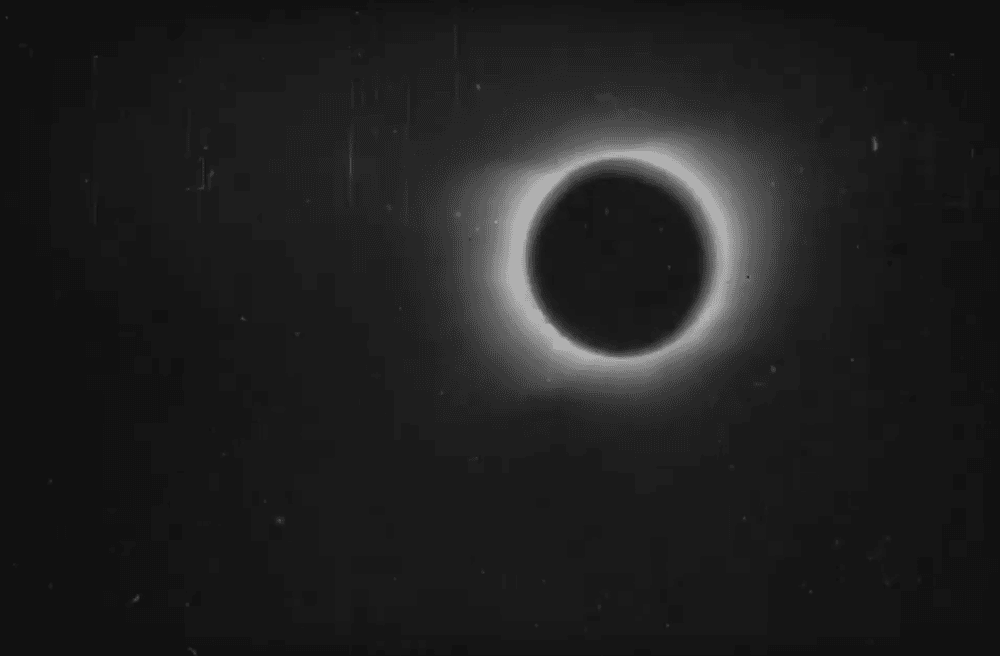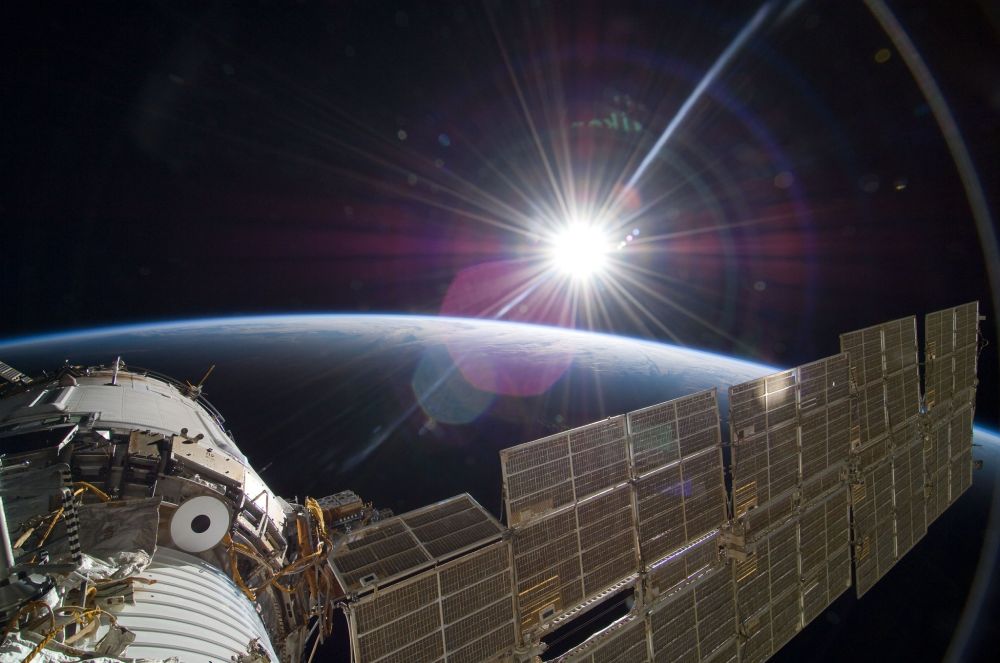
[Image above] Nearly 120 years ago, a magician-turned-filmmaker recorded what would become the oldest surviving footage of a total solar eclipse. Credit: BFI, YouTube
In less than a week, on July 2, we will officially be halfway done with the year. In many years, July 2 slips by without too much notice, but this year the stars have aligned to give us a memorable way to celebrate the occasion—July 2 marks the one and only total solar eclipse in 2019!
The solar eclipse next Tuesday is one of three expected solar eclipses this year. The first partial solar eclipse took place in January, and the third annular solar eclipse will happen in December. (A rare transit of Mercury also happens this year, in November.)
When the last total solar eclipse took place in August 2017, the event was covered extensively by the media as the first solar eclipse to be visible across the entire contiguous United States since 1918. It was also the first total solar eclipse to occur in the U.S. during the smartphone and social media era, which allowed citizen scientists to play an entirely new role in recording data from the event.
This year’s total solar eclipse will be visible from parts of Chile and Argentina, and some regions in the Pacific and South America will see a partial solar eclipse. In preparation for the event, today’s CTT article takes a look at the three types of solar eclipses happening this year, and the oldest surviving video of a total solar eclipse from almost 120 years ago!
The three types of solar eclipse
In astronomy, eclipses and transits are astronomical events in which a celestial body partially or totally covers another celestial object. The two types of eclipses—solar and lunar—occur when either the new moon moves between Earth and the sun (solar) or Earth casts a shadow on the full moon (lunar). If a planet comes between Earth and the sun, that is called a planet transit, and those occur much less frequently than eclipses.
The three types of solar eclipses are partial, annular, and total, and 2019 features one of each type!
Partial solar eclipse. In a partial eclipse, the moon does not completely block out the sun. In this case, the moon’s umbral shadow (the innermost and darkest part) misses Earth and only the penumbral shadow (lighter outer part) hits.

A partial solar eclipse looks like the sun has a bite taken out of it. Bergen, Norway (2008). Credit: Michael Mortensen, Flickr (CC BY 2.0)
Annular solar eclipse. In an annular eclipse, the moon completely covers the center of the sun but leaves the edges uncovered.

An annular solar eclipse looks like a bright ring. Yokota Air Base, Japan (2012). Credit: Staff Sgt. Samuel Morse, U.S. Air Force
Total solar eclipse. In a total eclipse, the moon completely covers the sun. Because the moon is so much smaller than the sun, a total eclipse only occurs when the moon’s orbit falls very close to Earth.

A total solar eclipse lets you see the sun’s corona, an aura of hot ionized gas (plasma) that surrounds the sun. Madras, Oregon (2017). Credit: NASA Goddard Space Flight Center, Flickr (CC BY 2.0)
Total solar eclipse of 1900
In May of this year, the Royal Astronomical Society and the British Film Institute (BFI) in London made an exciting announcement—they rediscovered the earliest moving picture of a total solar eclipse from 1900!
The original film fragment had been sitting in the Royal Astronomical Society’s archives when conservation experts at the BFI National Archive decided to reassemble and retime the film frame by frame.
Taken nearly 120 years ago on May 28, 1900, the grainy video was recorded on a British Astronomical Association expedition to North Carolina by British magician-turned-filmmaker Nevil Maskelyne.
Maskelyne—not to be confused with his magician father John Nevil Maskelyne or supposed ancestor British astronomer Nevil Maskelyne—developed a special telescope adapter for his camera to film the eclipse without frying his equipment. He first used the equipment to successfully record an eclipse in India in 1898, but the film canister was stolen on his trip back to England.
Check out the restored footage below, and remember—make sure to wear special eclipse glasses (not sunglasses) when viewing a solar eclipse!

Credit: BFI, YouTube
Author
Lisa McDonald
CTT Categories
- Aeronautics & Space


